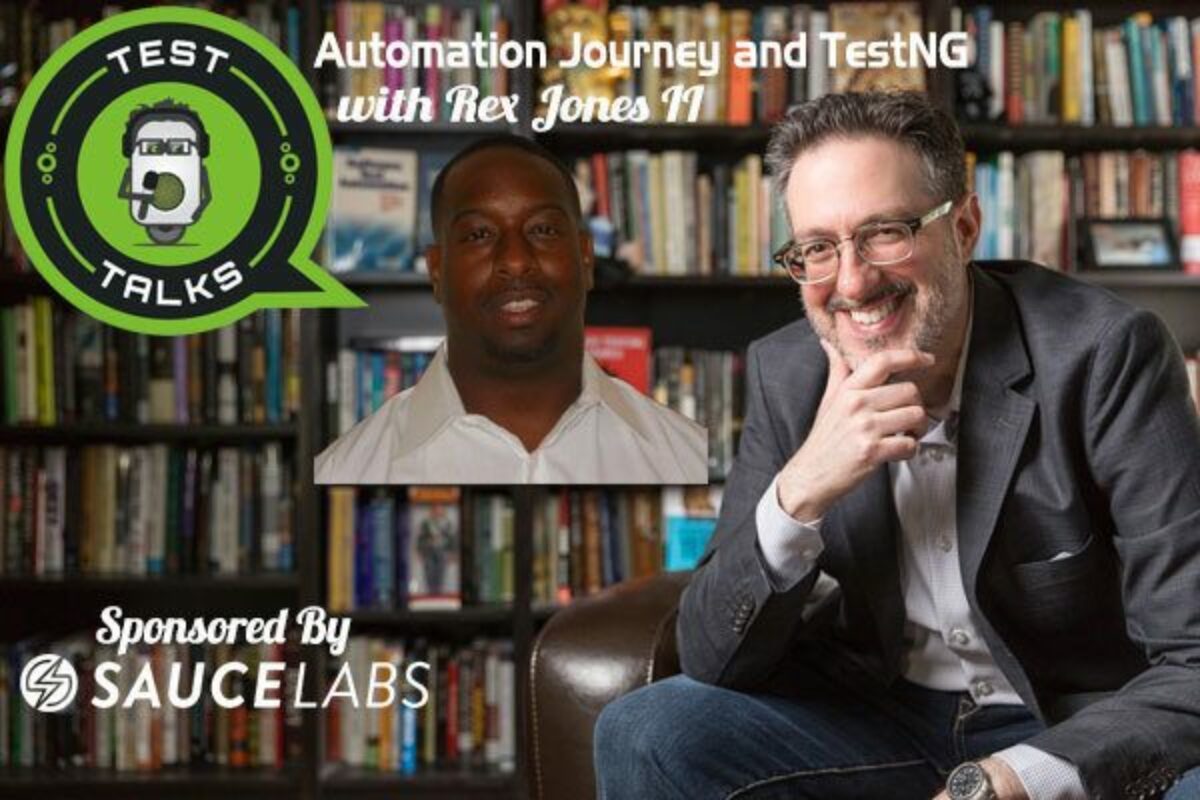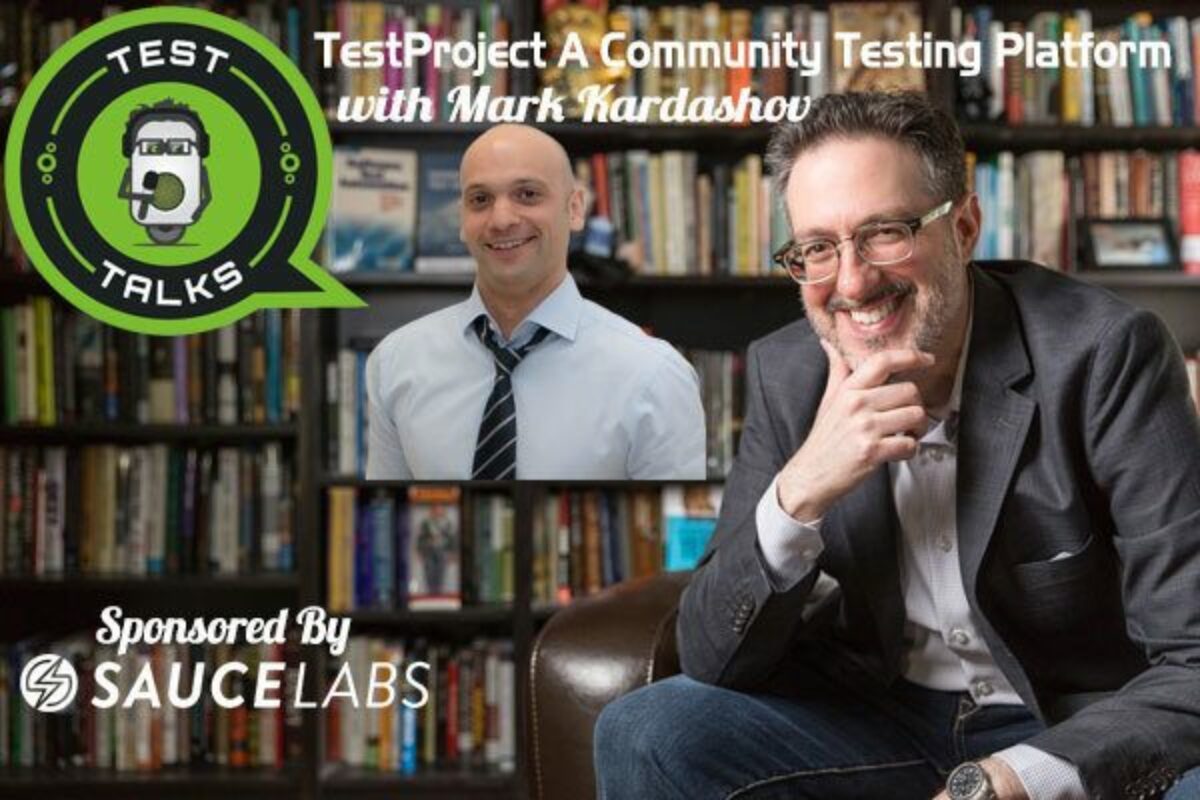Runscope – Monitoring APIs from the Showers
We are currently living in what some are calling the API economy. With mobile app development, modern DevOps practices and newer architecture like micro-servers, API’s are everywhere. They might even be in your shower. So it’s important that we have a process in place to help us monitor and test all our APIs. In this episode, Neil Mansilla, head of developer relations at Runscope, shares with us how to take our API monitoring and testing efforts to the next level.
Get Full Transcript Here

About Neil

Neil is a software developer, platform evangelist and loves a good hackathon. He most recently worked at Intel Mashery, where he was the lead evangelist and managed developer platform partnerships. Prior to Mashery, Neil has founded several Web and software companies in industries ranging from search, e-commerce to real estate and healthcare.
He is the co-creator/maintainer of I/O Docs Community Edition, an open-source interactive API documentation tool..
Quotes & Insights from this Test Talk
- For API testing I guess the recommendations we do make are that you really take it from a functional standpoint. So its not just about testing every single method you have.
- Runscope is a cloud-based service. That being said, it can also be used to test not just services in the cloud, but also… In the public cloud but also in your private network, or even on local dev.
- Ghost inspector is a UI testing tool that is driven off of Phantom JS and I think that there's some other drivers in the background too that you can use. Building a test is super simple, there's a chrome extension that you can install and to do it non-programmatically. You just basically use your browser and you just traverse through your website, through your web application and it just creates a test for you. Just from you browsing around and clicking and setting assertions is cake.
- The Internet of Things (iOT) is something that I think is inevitable. I mean I think that you already had very large industrial equipment manufacturers that kind of had their own type of platforms that were communicating very well within their own network or within their own brand of hardware. I think that with now everything, kind of, being interconnected, and being able to be connected to the internet it was an inevitability that this was going to happen.
- We want to make sure that things are, that services are responding properly. That we expect that they are correct, that they're performing properly, and keeping an eye on that the same way that you keep an eye on your code level, you know, your code quality. Right? I mean, you have to treat the services, give the services, just as much attention, as you would your own source code.
- When it comes to even designing your API to before you even start designing it is that from the very beginning make sure you're getting as many stakeholders involved as possible. Because the API itself can't just be looked at as something that is just some technical interface. It's not just that, I mean, the API for your sales team, your business development team, your marketing team it means a lot to them because this the way that you guys conduct business. Its through your APIs and the services that you're putting out there for your partners or for your customers to consume. So, keep them involved from the very beginning so that it's not a mystery as to, you know, is my service up and running. Is it delivering the data that it's supposed to be delivering. Really try to get the stakeholders in as early as possible and keep them involved, even all the way through testing.
Resources
Connect with Neil
- Twitter:@mansilladev
- GitHub: https://github.com/mansilladev
- Company: Runscope
May I Ask You For a Favor?
Thanks again for listening to the show. If it has helped you in any way, shape or form, please share it using the social media buttons you see on the page.
Additionally, reviews for the podcast on iTunes are extremely helpful and greatly appreciated! They do matter in the rankings of the show and I read each and every one of them.

Special offer for TestTalks listeners, get 20 hours of automated testing for free when you sign-up with promo code testtalks14 (more info).




